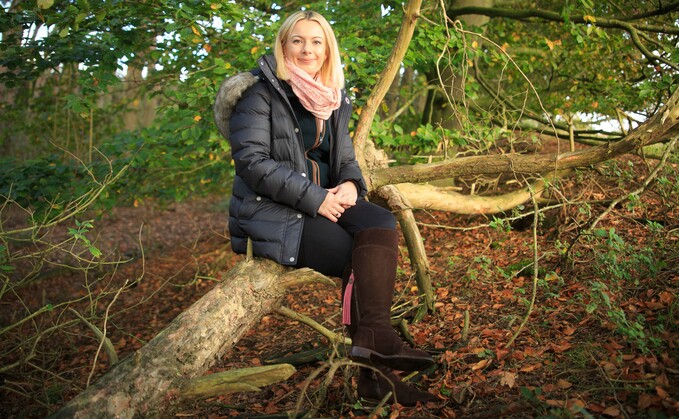
This is according to Shannon Fuller, Planning Advisor with the CLA who confirms obtaining approval for permitted development rights or planning permission in the first place is always preferable. However, if permission is not sought initially, there are two possible routes.
"Route A would be to obtain either a Certificate of lawful use or development based on clear evidence that the development or business has been in existence in the current location for a minimum of ten years.
"Evidence includes utility bills dating back for this duration, dated photographs (or Google Earth aerial images) showing the building or development, invoices for the delivery of equipment or signed statutory declarations."
The risks of not securing planning permission can be significant, Shannon adds, pointing to the possibility of enforcement action leading to hefty fines and even prison sentences.
"Fines for not obtaining planning permission are commonplace and there is no limit on the amount.
Learn more:
To learn more about your options when applying for planning permission, the process in doing so as well as guidance on next steps if your application is rejected or if planning hasn't been obtained, visit the






















